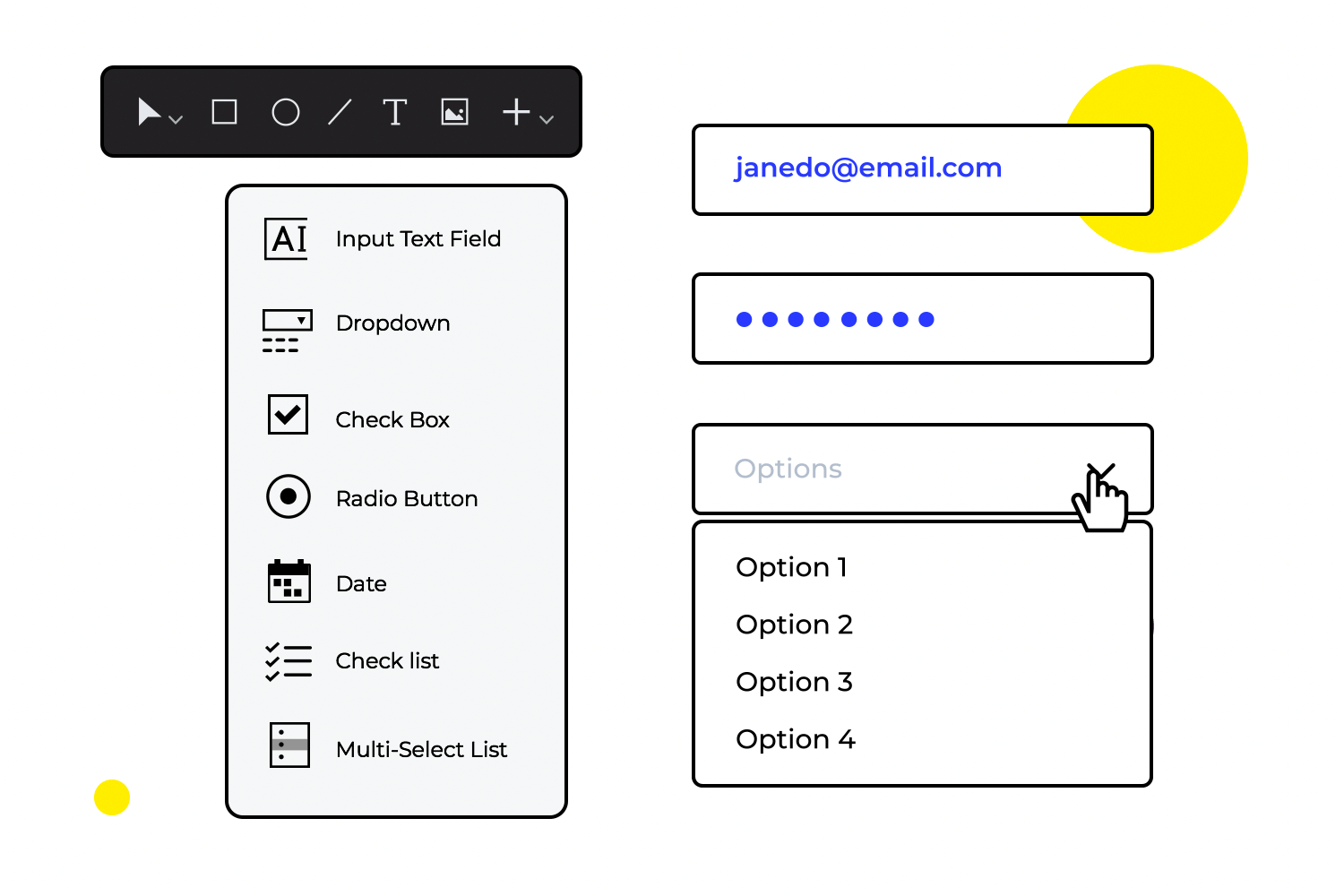

APP WIREFRAME TOOLS FREE
Low-fidelity wireframes are free of any details that could be distracting and only include simple images, block shapes and mock content (such as filler text to labels and headings). They are often very rough and lack any sense of scale, grid or pixel-accuracy. Low-fidelity wireframes, which are visual representations of a layout, serve as the starting point for the design. There are three types of wireframe models low-fidelity, mid-fidelity, and high-fidelity. What types of wireframe models are available? It is more difficult to make changes the further along the product design process it is. Wireframes identify and fix flaws in the layout without spending a lot of money or time.

You can build a digital wireframe in minutes thanks to the abundance of tools that are available. You can even create a wireframe with just a pencil and paper. Wirefranes are affordable and simple to make. Wireframes can be quickly and inexpensively created Wireframes define and clarify featuresĬlients often do not understand technical terms such as “hero image” and “call to actions.” Wireframing allows all parties to determine how much space is required for each feature, link the information architecture with its visual design, as well as clarify the product functionality.Ī wireframe allows you to see the features in action and may help you decide to remove some features if they don’t fit with the rest. These insights allow the designer to identify what is intuitive to the user and to create products that feel comfortable and easy to use. It allows designers to get honest feedback and to identify the key issues that will help them to develop and establish the product concept.ĭesigners can ask users questions such as “What would you expect to see here?” and use placeholders to determine how users would interact with the interface. User testing is an important part of wireframing. They facilitate user feedback, stimulate conversations with stakeholders, and spark ideas between designers. Wireframes can be used as communication tools. Wireframes keep your concept user-focused Three key functions of wireframes are to keep the idea user-focused, to clarify and define features and to keep the costs low. The wireframe is the first iteration of a website and serves as a starting point for product design.ĭesigners can use the valuable information from user feedback to build the next iteration of the product’s design, such as the prototype or mockup.

This phase is where the designers test the product’s scope, collaborate on ideas and identify business requirements.

The exploratory phase (also known as discovery phase) of a product’s life cycle is when wireframing takes place. Wireframing allows all parties to reach an agreement on the location of the information before the developers begin building the interface with code. Therefore, colors, styling, and graphics are kept to a minimum.ĭepending on the level of detail required, wireframes can either be drawn digitally or by hand. Wireframes are often used to represent the original product concept. They also show how users will interact with the site. Wireframes give a clear overview about the page structure, layout and information architecture. It is similar to an architectural blueprint. Wireframes are a two-dimensional skeletal outline for a website or an app.


 0 kommentar(er)
0 kommentar(er)
